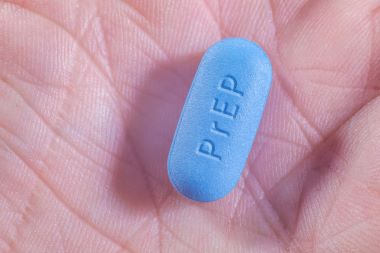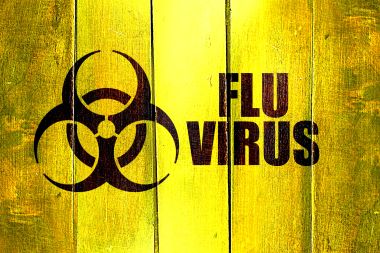As the COVID-19 pandemic continues to resurge in the United States, urgent care providers aren’t the only ones at risk of experiencing burnout. Many in the general public have had it with restrictions, isolation, and worry over sick loved ones (or those at risk), with some acting out with hostility toward healthcare workers. A woman in Berks County, PA was arrested recently after intentionally coughing on a nurse in an urgent care center. When the …
Read More









